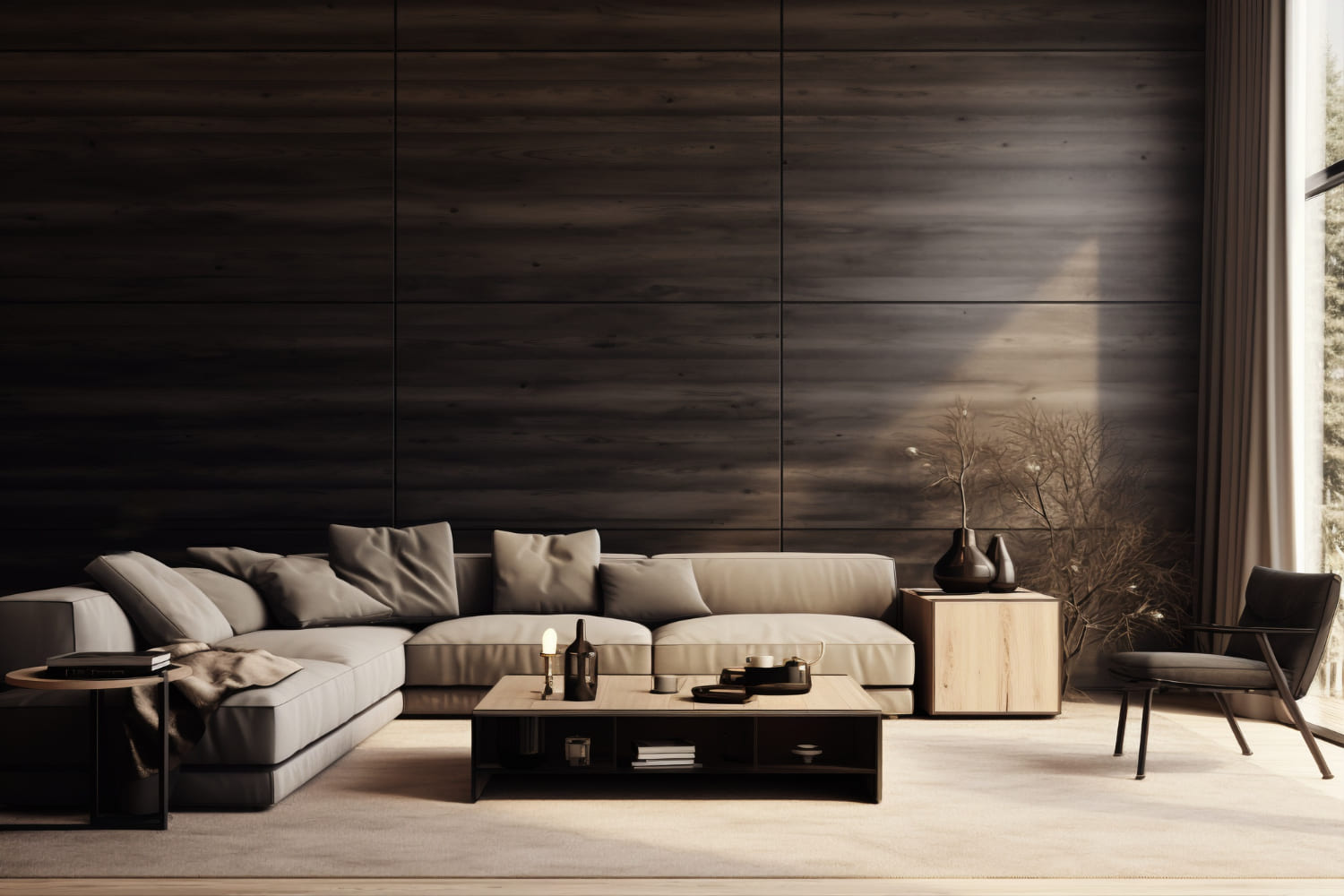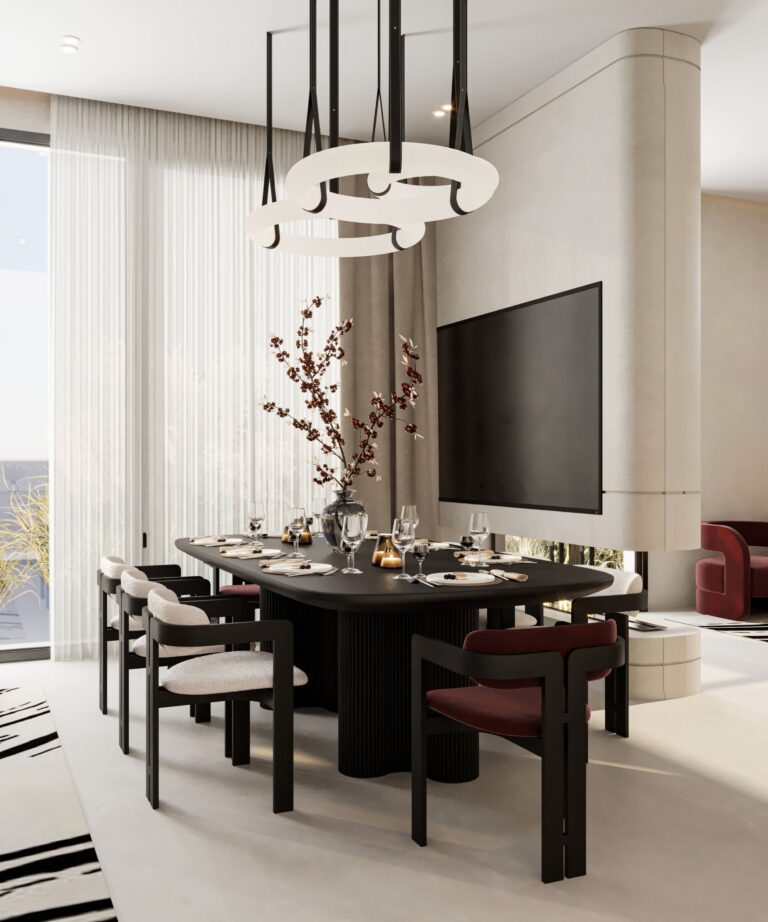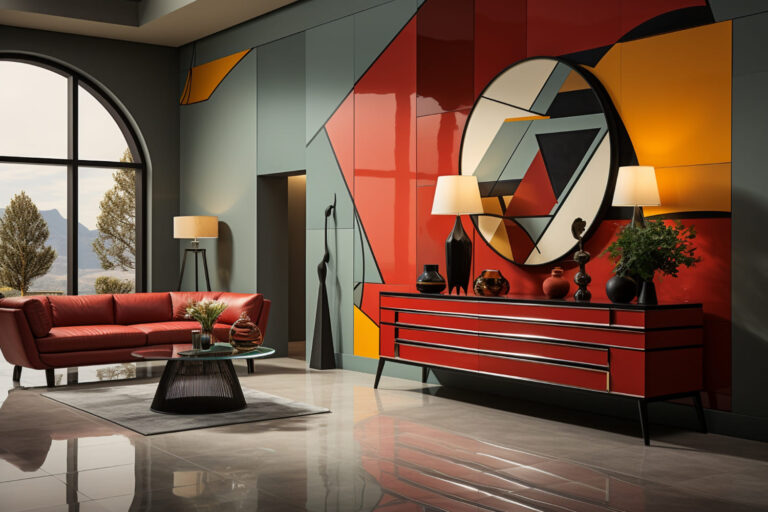Interior design goes far beyond aesthetics; it profoundly affects our mental, emotional, and physical well-being. A thoughtfully designed environment can reduce stress, improve mood, and enhance focus — all essential components of a productive and fulfilling life.
The Psychology of Space Colors, lighting, textures, and spatial arrangement influence human behavior and emotions. For example, soft, neutral tones can create a calming effect, while clutter-free layouts can ease anxiety. Natural light and ventilation have been linked to improved mood and better sleep patterns.
Functionality and Flow Good interior design considers how space is used. An intuitive layout that supports daily tasks can reduce mental fatigue and increase efficiency. In workspaces, ergonomic furniture and organized zones enhance productivity and comfort.
Personalization and Emotional Connection Spaces that reflect personal taste and identity foster a sense of belonging. Whether it’s through art, textures, or furniture, personal touches create emotional connections that promote happiness and well-being.
Biophilic Design Integrating natural elements such as plants, water features, or wood textures has proven psychological benefits. Biophilic design reduces stress and improves cognitive function, making it ideal for both homes and offices.
Conclusion Investing in interior design is investing in your quality of life. A well-designed space nurtures the body and mind, making it a vital element in promoting health, happiness, and productivity.




